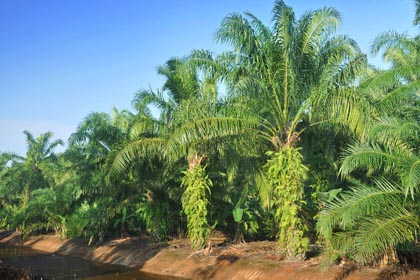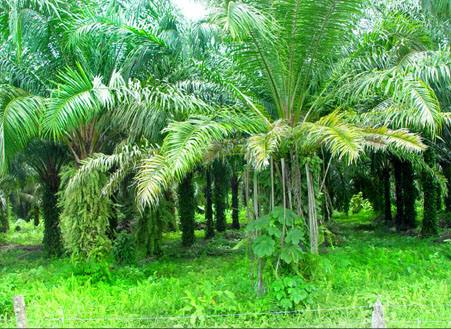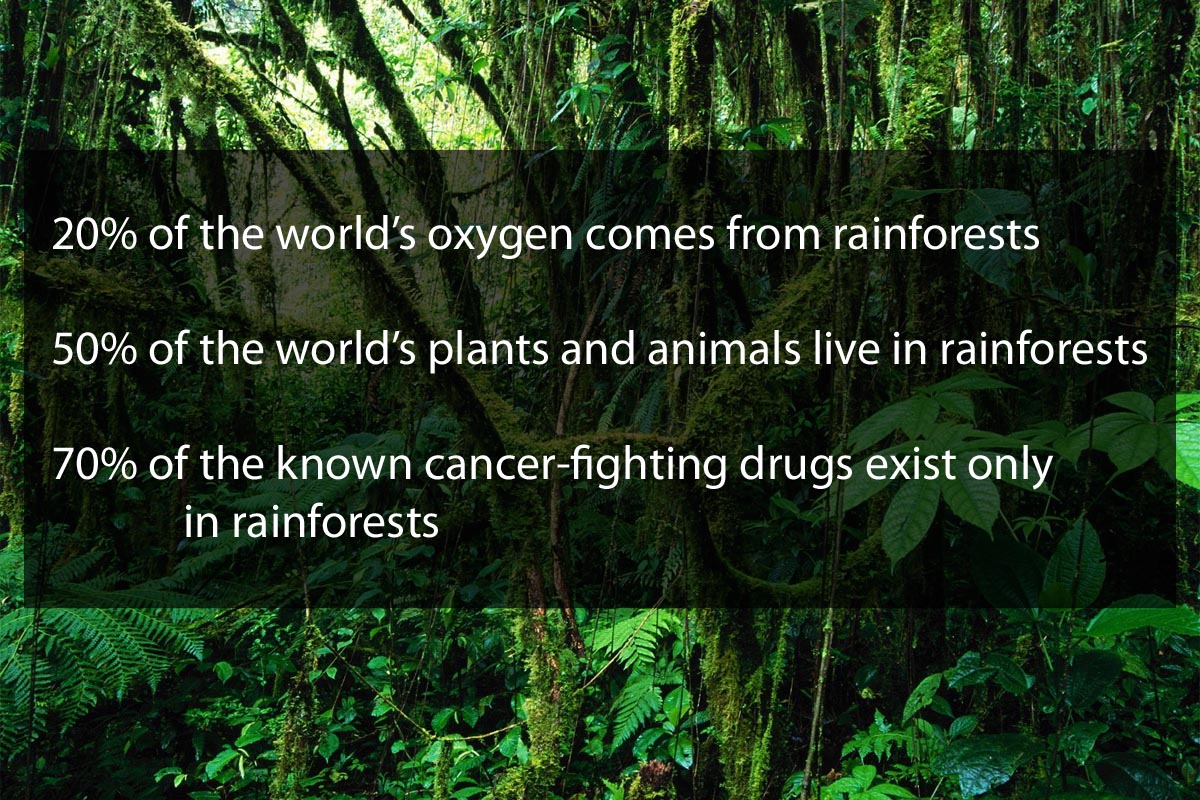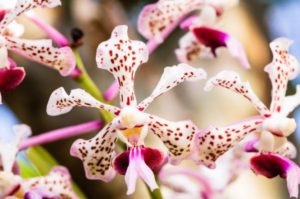
Costa Rica – a little bit of paradise, the canary in the coal mine?
When we consider the ecology of our planet,the state of biodiversity, and what is happening with conservation, a good place to look is the little Central American country of Costa Rica. In my mind, Costa Rica could be regarded as ‘the canary in the coal mine” if we want to see an example between the battle to save the planet, vs the efforts to preserve what is left of our natural resources.
I have been carrying around memories from my first trip to Costa Rica with its magnificent forests, wildlife and orchids, and it was a special treat to return this past month after my first visit, 15 years ago. The drive from the capital San Jose to the Pacific coast was much improved with a new highway in place. Once we reached the coast and turned toward Manuel Antonio National Park, near where we would be staying, we were able to see up close just what was left of the tropical forest along this coastal road. On my previous trip I was not very much in tune with the issues tropical forests have been facing over the last several decades, and therefore I didn’t notice anything particularly disturbing. This trip I was different. Most notable were the miles of perfectly aligned palm oil trees where tropical forests once thrived.

Palm Oil farm in Costa Rica
It is not unusual for commercial interests to cut a swath through tropical forests as logging has been an issue for decades. Forests survive this abuse to a large degree. But what is so dramatic is that the African palm oil agriculture requires clear-cutting so that none of the original forests remainNot only does this totally destroy the native habitats, but the burning releases CO2 back into the atmosphere. The agricultural threat to the coastal areas of Costa Rica’s Quepos area were so severe that a number of Costa Ricans organized in 1972 and bought 3 square miles of land already destined to be lost to chain saws and bulldozers in order to preserve at least a small area of the natural forest. This became Manuel Antonio National Park, named after one of the key organizers of this effort. Although small compared to other well-known nature preserves, this park is one of the most heavily visited areas in Costa Rica, and rightfully so, with so much of nature easily visible over a number of hiking trails.
Our small hotel backed up to much of this tropical forest, and from our balcony we could see many orchids, mostly Catasetums. It was a thrill to see them, and to realize how successfully these species manage to thrive even in this relatively commercial area of hotels and businesses. I couldn’t help but think of the many species that must have been destroyed in making way for a palm oil plantation just a few miles up the road.
On our return to San Jose after a relaxing week, we met up with a young British couple backpacking around the world. As we again passed the miles of palm oil trees they commented on how far they had to the interior of Borneo, just to get past the African palm oil trees to the nature preserve they were to stay in. This reminded me of the effort of the Rainforest Trust in Borneo to preserve what is left of their valuable forests treasures, very much like the people of Costa Rica did with their Manuel Antonio Park.
It seem everywhere I turn, I hear about palm oil and its impact on our planet. The web site “Say No to Palm oil” (saynotopalmoil.com) explains it well:
The industry is linked to major issues such as deforestation, habitat degradation, climate change, animal cruelty and indigenous rights abuses in the countries where it is produced, as the land and forests must be cleared for the development of the oil palm plantations. According to the World Wildlife Fund, an area the equivalent size of 300 football fields of rainforest is cleared each hour to make way for palm oil production. This large-scale deforestation is pushing many species to extinction, and findings show that if nothing changes species like the orangutan could become extinct in the wild within the next 5-10 years, and Sumatran tigers less than 3 years.
All told, 50 million tons of palm oil are produced annually, supplying over 30% of the world’s vegetable oil production. This single vegetable oil is found in approximately 40-50% of household products in countries such as United States, Canada, Australia and England. Palm oil can be present in a wide variety of products we use every day, including: baked goods, confectionery, shampoo, cosmetics, cleaning agents, washing detergents and toothpaste.
Palm oil has enjoyed an increase in popularity, partly because it contains no trans-fats. This past week, the FDA announced that it will ban all trans-fats from American food within the next three years. While this move by the FDA will improve the health of many Americans, it also means that the demand for Palm Oil will grow even higher. It also means that the destruction of the world’s rain forests will continue at an ever-increasing pace.
Some countries are fighting back. The French Ecology Minister has called for a boycott of the hazelnut spread Nutella that contains a large amount of palm oil. Also, there are organizations that are asking companies to refrain from expanding into what are called “Paradise” lands, namely those that contain endangered species. Companies should instead use “degraded” land, that which has already been cleared but has been abandoned.
The effectiveness of these programs comes only as a result of pressure from the public insisting that sustainable practices be implemented. Public pressure comes from each and every one of us being aware of the problem and educating ourselves on products we should avoid. You can be a positive force here. When you shop for food and grooming products, simply check the labels for any of the following ingredients:
Palm Kernel, Palm Kernel Oil, Palm Fruit Oil, Palmate, Palmitate, Palmolein, Glyceryl, Stearate, Stearic Acid, Elaeis Guineensis, Palmitic Acid, Palm Stearine, Palmitoyl Oxostearamide, Palmitoyl Tetrapeptide-3, Sodium Laureth Sulfate, Sodium Lauryl Sulfate, Sodium Kernelate, Sodium Palm Kernelate, Sodium Lauryl Lactylate/Sulphate, Hyrated Palm Glycerides, Etyl Palmitate, Octyl Palmitate, Palmityl Alcohol.
 The benefit in avoiding these products is three-fold. First, you are doing your part in reducing pressure on our valuable tropical forests and promoting conservation. Second, you can improve your health and eat a good diet without products containing palm oil. That is truly a win-win proposition, don’t you agree? Third, and most important to orchid-lovers, you are saving habitat for our beloved orchids, such as this beauty from Costa Rica.
The benefit in avoiding these products is three-fold. First, you are doing your part in reducing pressure on our valuable tropical forests and promoting conservation. Second, you can improve your health and eat a good diet without products containing palm oil. That is truly a win-win proposition, don’t you agree? Third, and most important to orchid-lovers, you are saving habitat for our beloved orchids, such as this beauty from Costa Rica.
Wouldn’t you call that a win-win-win?